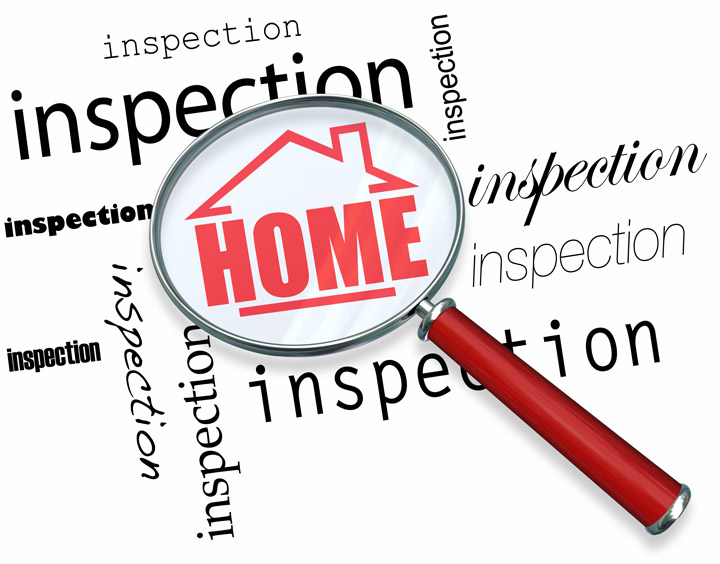
Understanding AppraisalsBuying a house is the most serious financial decision some people may ever encounter. It doesn't matter if a main residence, an additional vacation property or an investment, the purchase of real property is a complex transaction that requires multiple parties to see it through. You're likely to be familiar with the parties taking part in the transaction. The real estate agent is the most recognizable entity in the exchange. Then, the mortgage company provides the financial capital needed to bankroll the deal. And the title company makes sure that all aspects of the sale are completed and that the title is clear to transfer from the seller to the purchaser. So, what party is responsible for making sure the value of the real estate is in line with the amount being paid? In comes the appraiser. We provide an unbiased opinion of what a buyer could expect to pay — or a seller receive — for a property, where both buyer and seller are informed parties. A licensed, certified, professional appraiser from RP Hill Company, LLC will ensure, you as an interested party, are informed. The inspection is where an appraisal startsOur first responsibility at RP Hill Company, LLC is to inspect the property to ascertain its true status. We must see features first hand, such as the number of bedrooms and bathrooms, the location, amenities, etc., to ensure they indeed are there and are in the condition a reasonable person would expect them to be. The inspection often includes a sketch of the house, ensuring the square footage is accurate and illustrating the layout of the property. Most importantly, we look for any obvious features - or defects - that would affect the value of the property. Next, after the inspection, an appraiser uses two or three approaches to determining the value of real property: a sales comparison, a replacement cost calculation, and an income approach when rental properties are prevalent. 
Replacement CostThis is where the appraiser analyzes information on local building costs, the cost of labor and other elements to figure out how much it would cost to build a property comparable to the one being appraised. This value often sets the upper limit on what a property would sell for. The cost approach is also the least used method. 
Paired Sales AnalysisAppraisers get to know the subdivisions in which they appraise. They innately understand the value of specific features to the people of that area. Then, the appraiser looks up recent transactions in the vicinity and finds properties which are 'comparable' to the subject in question. Using knowledge of the value of certain items such as fireplaces, room layout, appliance upgrades, additional bathrooms or bedrooms, or quality of construction, we add or subtract from each comparable's sales price so that they more accurately match the features of subject.
Once all necessary adjustments have been made, the appraiser reconciles the adjusted sales prices of all the comps and then derives an opinion of what the subject could sell for. When it comes to associating a value with features of homes in Youngstown and Mahoning, RP Hill Company, LLC can't be beat. The sales comparison approach to value is most often awarded the most consideration when an appraisal is for a real estate exchange. Valuation Using the Income ApproachA third method of valuing approach to value is sometimes employed when a neighborhood has a measurable number of renter occupied properties. In this case, the amount of income the real estate generates is factored in with income produced by similar properties to give an indicator of the current value. Arriving at a Value ConclusionCombining information from all approaches, the appraiser is then ready to put down an estimated market value for the property at hand. The estimate of value at the bottom of the appraisal report is not always the final sales price even though it is likely the best indication of a property's valueDepending on the specific circumstances of the buyer or seller, their level of urgency or a buyer's desire for that exact property, the closing price of a home can always be driven up or down.Regardless, the appraised value is often employed as a guideline for lenders who don't want to loan a buyer more money than the property is actually worth. It all comes down to this, an appraiser from RP Hill Company, LLC will help you discover the most accurate property value, so you can make the most informed real estate decisions. |